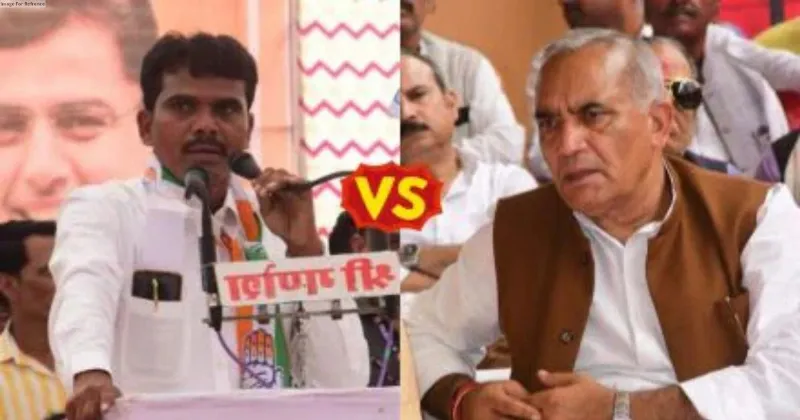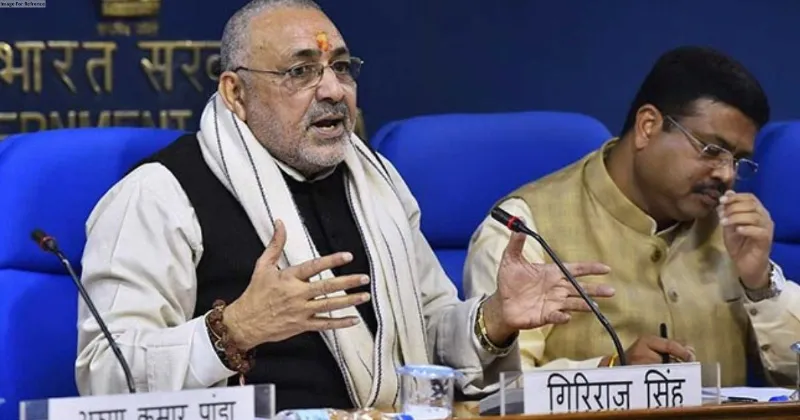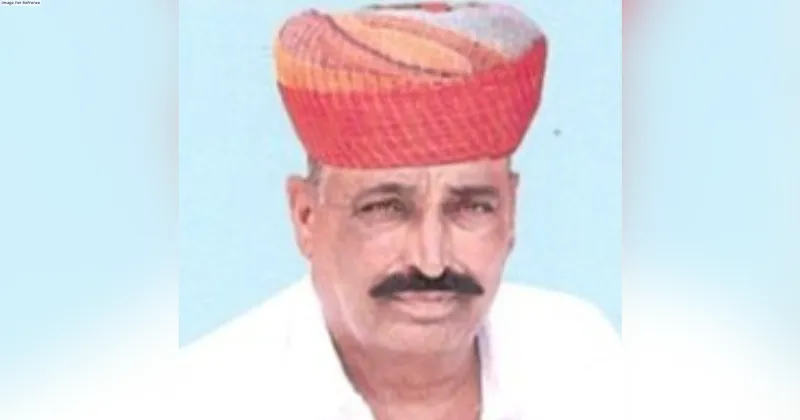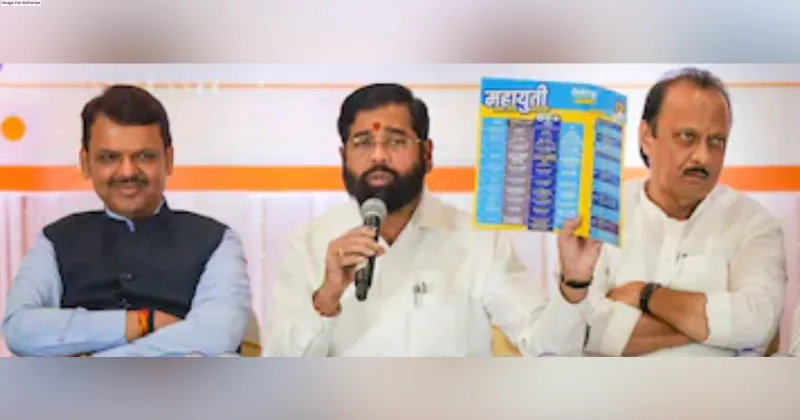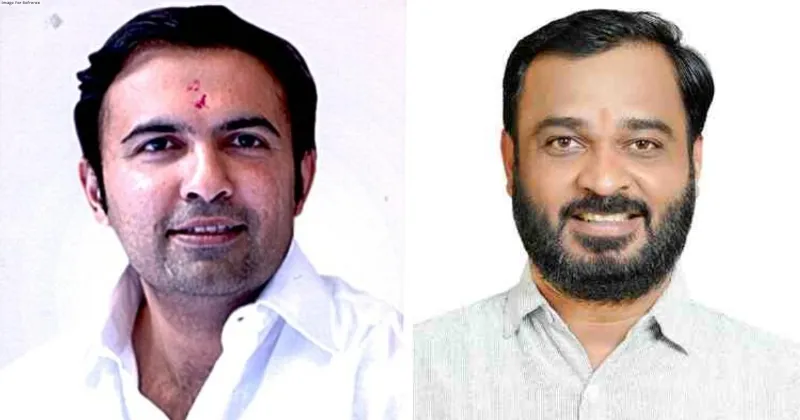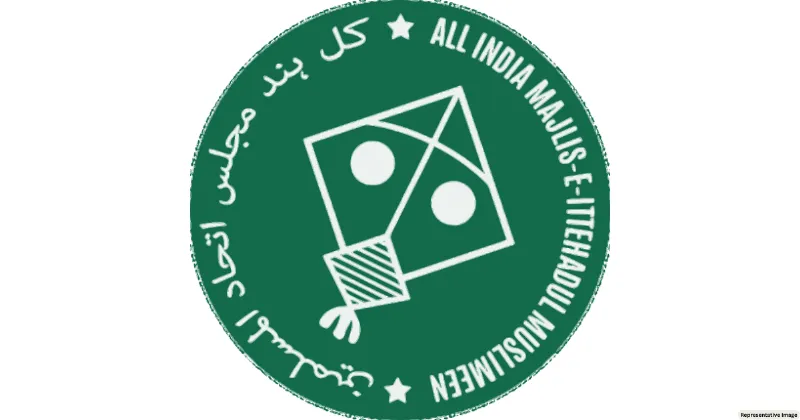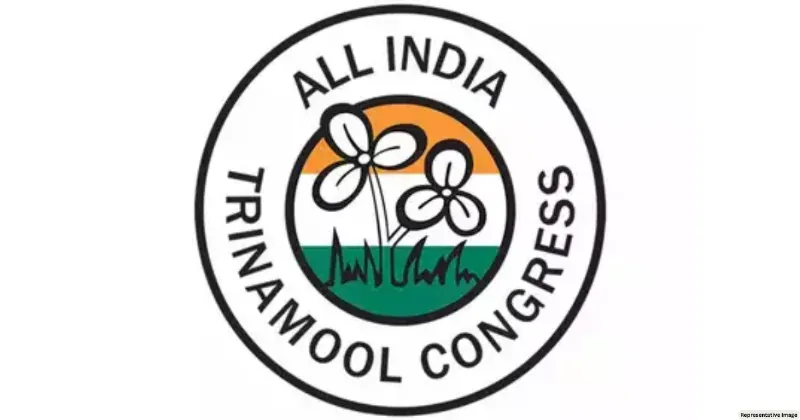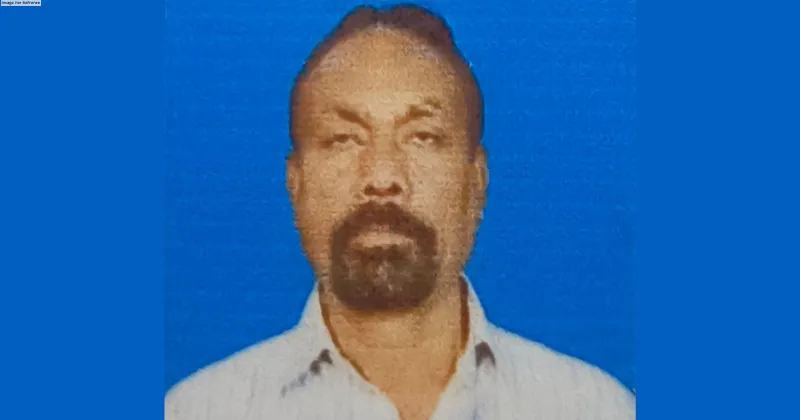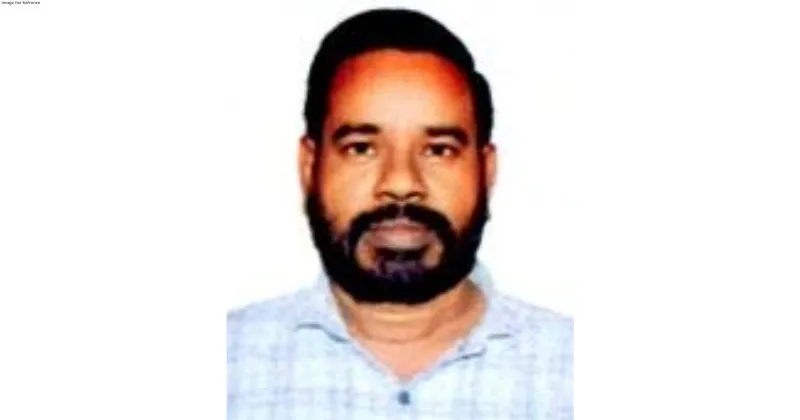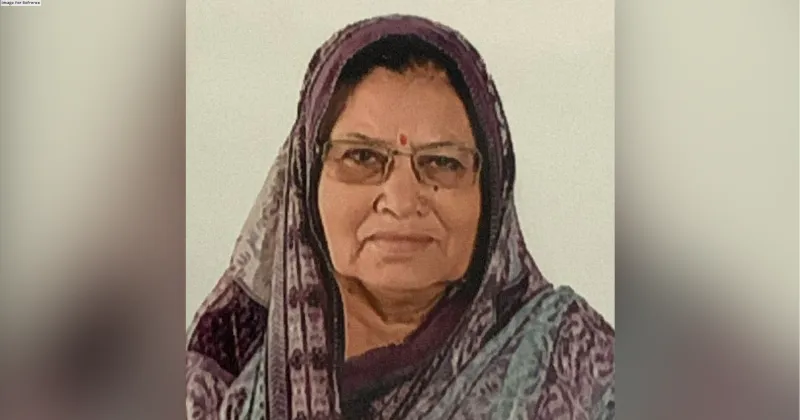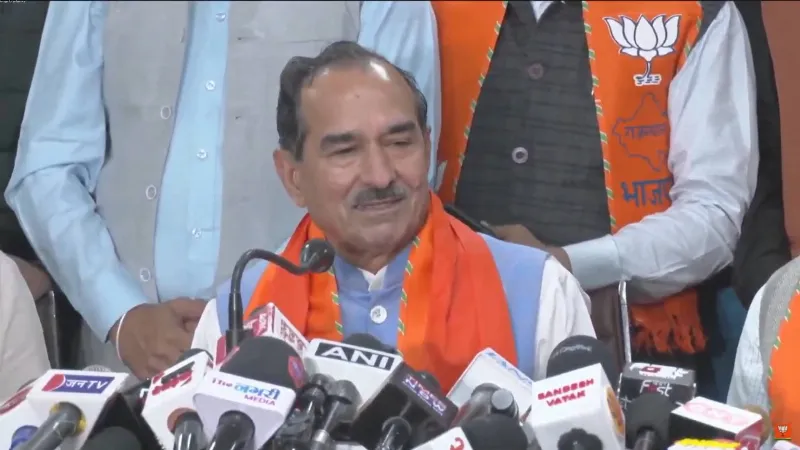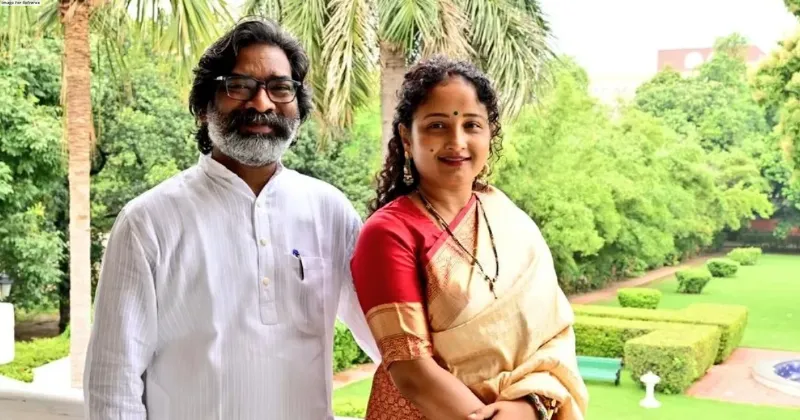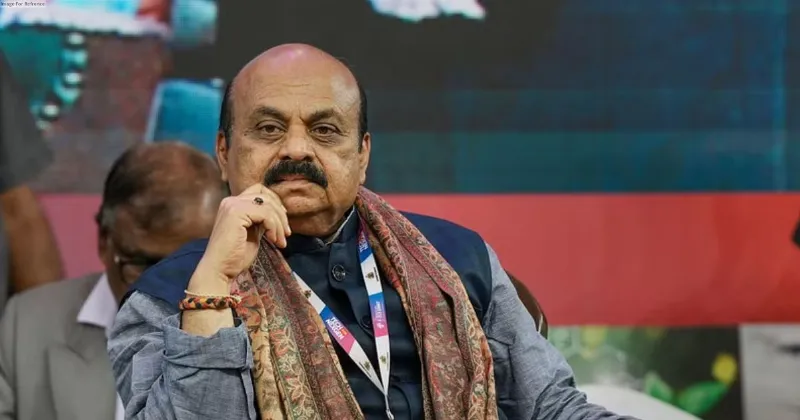Latest News
ON RAM’S MISSION THOUSANDS OF KAR SEVAKS REACHED AYODHYA GIVING COPS A SLIP

How lakhs of Kar Sevaks reached Ayodhya for Kar Seva in 1990, even though tight security arrangements were made, is the biggest question that has baffled everyone for a long time. Actually, secret plans were made by VHP and RSS to send the Kar Sevaks to Ayodhya through new secret routes. In this mission, the responsibility of preparing the plan was entrusted to former military and former police officers. After arrest of BJP leader Lal Krishna Advani, VHP placed the entire responsibility of this movement on Ashok Singhal, retired UP DGP Shrish Chandra Dixit, and Vinay Katiyar. Ashok Singhal was put in charge of spearheading the movement.
The police were also aware of this but all these leaders had gone underground ten days prior and suddenly reached Ayodhya, hoodwinking the entire police administration. Singhal and Dixit reached Akbarpur on a scooter wearing shirts and pants. From there, on the afternoon of October 29, they reached Ayodhya by different routes. Pranvendra Sharma, son of late Acharya Dharmendra, who reached Ayodhya from Jaipur and then to the disputed structure to participate in the Kar Seva, says that he reached Ayodhya but faced death-like situations everywhere. Sharma said that the prominent leaders had reached Ayodhya in disguise. Acharya Dharmendra also arrived in the ambulance wearing an apron and stethoscope like a doctor whereas Uma Bharti had shaved her head and was also in disguise.
Sharma had become the president of Rajasthan University in those days on ABVP ticket. A group of 20 youths from Jaipur had gone there with him. Sharma says that even before the train reached Lucknow, the police had started arresting them. “We lied to the police that we were officials of the youth wing of Mulayam Singh’s party Janata Dal only then did the police let us go. We reached Ayodhya after walking for six days from Lucknow. When the police did not allow us to cross the Saryu River, we crossed the river with the help of boatmen. Trapped in various groups, many times it felt as if death was now standing in front of us, but due to glory of Lord Ram, we went ahead unscathed. The police bullet passed us near the ear and sometimes near the hand. It hit a worker coming from Ganganagar in the thigh,” reminisces Sharma.
A COP MOVED TOWARDS THE MAGISTRATE WITH A GUN POINTED AT HIM
In those days Ayodhya was considered a part of Faizabad district and Ramsharan Srivastava was the District Magistrate there. Later he was made the National Vice President of VHP. After retiring, he even published a book titled ‘A Perspective on the Ram Janmabhoomi Dispute’. In an interview, he shared his experiences regarding the firing in Ayodhya, saying on November 2, 1990, during stone pelting, a stone hit a CRPF jawan. The enraged Company Commandant ordered firing without the permission of the magistrate. After the firing, magistrate was forced to sign the order. There was pressure from police that magistrate should present the case in such a way that the firing took place only after taking orders from him. This incident has also been mentioned by Hemat Sharma in his book ‘Ram Phir Laute’. Srivastava had said, “During the firing, some policemen got so agitated that a jawan came into the crowd with a gun to shoot me. I was wearing a helmet and shouted will you actually kill the DM? Hearing this he stepped back. This incident distressed me, I even thought about tendering my resignation, but my family encouraged me.”
Srivastava died on September 2, 2020, and earlier, he had revealed many secrets regarding the firing on Kar Sevaks. Srivastava had said that later a detailed and actual report of the entire matter was also sent to government. After this, it was not known whether any action was taken against the CRPF Commandant or not. Srivastava also said in his interview, “I think it was a historical mistake to reverse the decision three days after acquisition of the disputed land. Hindus and Muslims of Ayodhya also wanted a settlement of the matter. People were ready to build a temple at the existing site and a mosque at another site, but political interference in the movement and subsequent lack of political will did not allow the case to be resolved."
THE FIRING STOPPED AFTER SEEING THE RETIRED DGP
'Retired UP DGP Shrish Chandra Dixit had played the role of a hero for the Kar Sevaks during the Ram Mandir movement. Dixit was the DGP of UP from 1982 to 1984 and after retirement, he joined the VHP and became its Vice President. Senior journalist Hemant Sharma has written in his book that whether one has to send the Kar Sevaks to Ayodhya by avoiding the prying eyes of police administration or to get Kar Seva done by defying the law, Shrish Chandra Dixit’s sharp mind was responsible for it. In 1990, sages and saints were marching towards Ayodhya for Kar Seva even as the administration had imposed a curfew in Ayodhya. The police had barricaded a radius of 1.5 kilometres of the disputed site. On October 30, the crowd of Kar Sevaks went berserk, after which the police opened fire on the Kar Sevaks and Dixit came forward as a shield for the Kar Sevaks. Seeing the former DGP in front, the policemen stopped firing. In this way, Dixit played an important role in saving the lives of the Kar Sevaks. A year later, in the 1991 Lok Sabha elections, Shrish Chandra Dixit became MP from Kashi.

